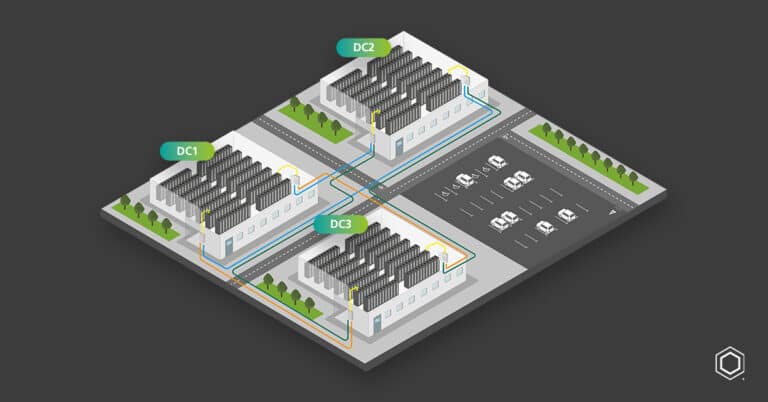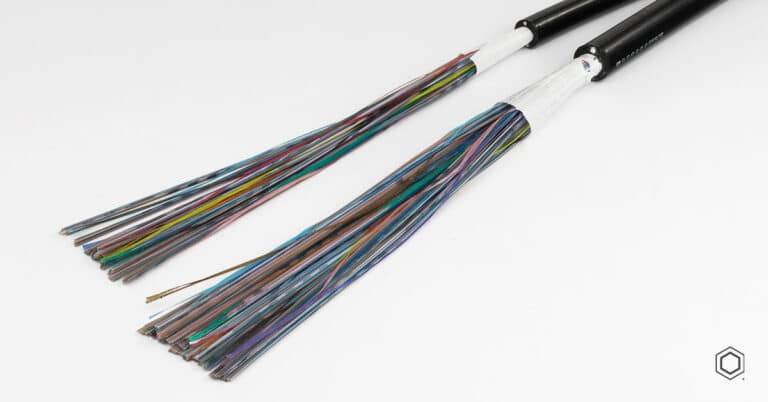So, you have access to a duct, you have a drum of high-density fiber cable and you’re pondering the best way to run the cable through your duct. What are your options? You may be surprised to learn there are four main methods to achieving your goal. You have pushing, pulling, jetting and blowing. “Air-assisted” methods of jetting and blowing could prove to be advantageous to more traditional methods like pulling.
Your Choices
There are a number of variables to consider when choosing ; ducting distances can vary in distance between meters and kilometres, they can be straight lines or winding mazes under cities and the cables being run can come in different shapes and sizes.
Pushing: This is the simplest method of cable installation. It involves manually pushing the cable into the conduit. This method is typically used for short runs and smaller cables, as friction can make it difficult to push the cable over long distances or through multiple bends.
Pulling: In this method, a pull line (also known as a draw tape or fish tape) is first threaded through the conduit. The cable is then attached to the pull line and drawn through the conduit. This method is commonly used for longer runs and larger cables. Special care must be taken to avoid damaging the cable by pulling too hard or fast.
Jetting: Jetting is an air-assisted installation method used in underground fiber optic cable installations. Unlike air-blown installations, which float the cable within the conduit using compressed air, jetting utilises a parachute or cable carrier to pull the cable into the conduit. This versatile method can be employed with various cable types and is commonly used in lower fill ratios (fiber cable outside diameter divided by duct inner diameter) and traditionally size ducts.
Blowing: Cable blowing utilises compressed air to float a cable typically through micro ducts (smaller ducts that can be bundled together for multiple pathways in one outer sheath), enabling efficient and reliable installations. Microcables are typically used within micro ducts for blowing installations as well, which are not designed for pulling installations due to reduced pull tensions. This method is ideal for navigating long distances and multiple bends, ensuring seamless data transmission.
The common logic
Jetting is typically employed in scenarios where air blowing may not be suitable or effective. One such scenario is when dealing with congested conduit.. By utilising a parachute or cable carrier, jetting allows for the cable to be pulled into the conduit, bypassing any obstructions.. Jetting is a versatile solution because it can be deployed in traditional conduit sizes, where pushing or pulling might usually be used. Jetting provides a reliable solution for cable installation in challenging environments where air blowing may not be feasible. It might also be used when you’re not utilising a large percentage of the conduit with the cable you’re running and air blowing might not catch the cable effectively, so attaching a parachute to the cable end and jetting ensures you get your cable from A to B.
However, blowing is typically the preferred method, due to its versatility and efficiency. If you’re running new ducts and don’t plan on initially running cable sufficient to heavily utilise duct space, it’s preferable to install micro ducting within the main conduits to enable you to run smaller cable such as AFLs air blown wrapping tube cable or OSP MicroCore® using the air blowing method, rather than having to revert to pulling or jetting which has a higher risk of damage to the fiber. This is especially true where you have right angle bends, twists and turns in your ducting where you want to drive the cable as smoothly as possible.
Ultimately, the general consensus in cable installation is to utilise air blowing whenever feasible. This method offers advantages such as efficient installation, reduced risk of cable damage, high fiber density and scalability.
If both air blowing and jetting are impractical, the traditional method of cable pulling is employed which is obviously more labour intensive and disruptive due to the careful handling and manoeuvring required.
AFL as a trusted partner
Fortunately, AFL understands the diverse needs of cable installation and offers comprehensive solutions to accommodate all these approaches. Whether it’s air blowing, jetting, or cable pulling, we serve as a trusted advisor to many companies and are here to assist you in making the right decision for your specific installation requirements.
Thinking about a new data center fiber network design, upgrade, or expansion?
Read our new white paper first







